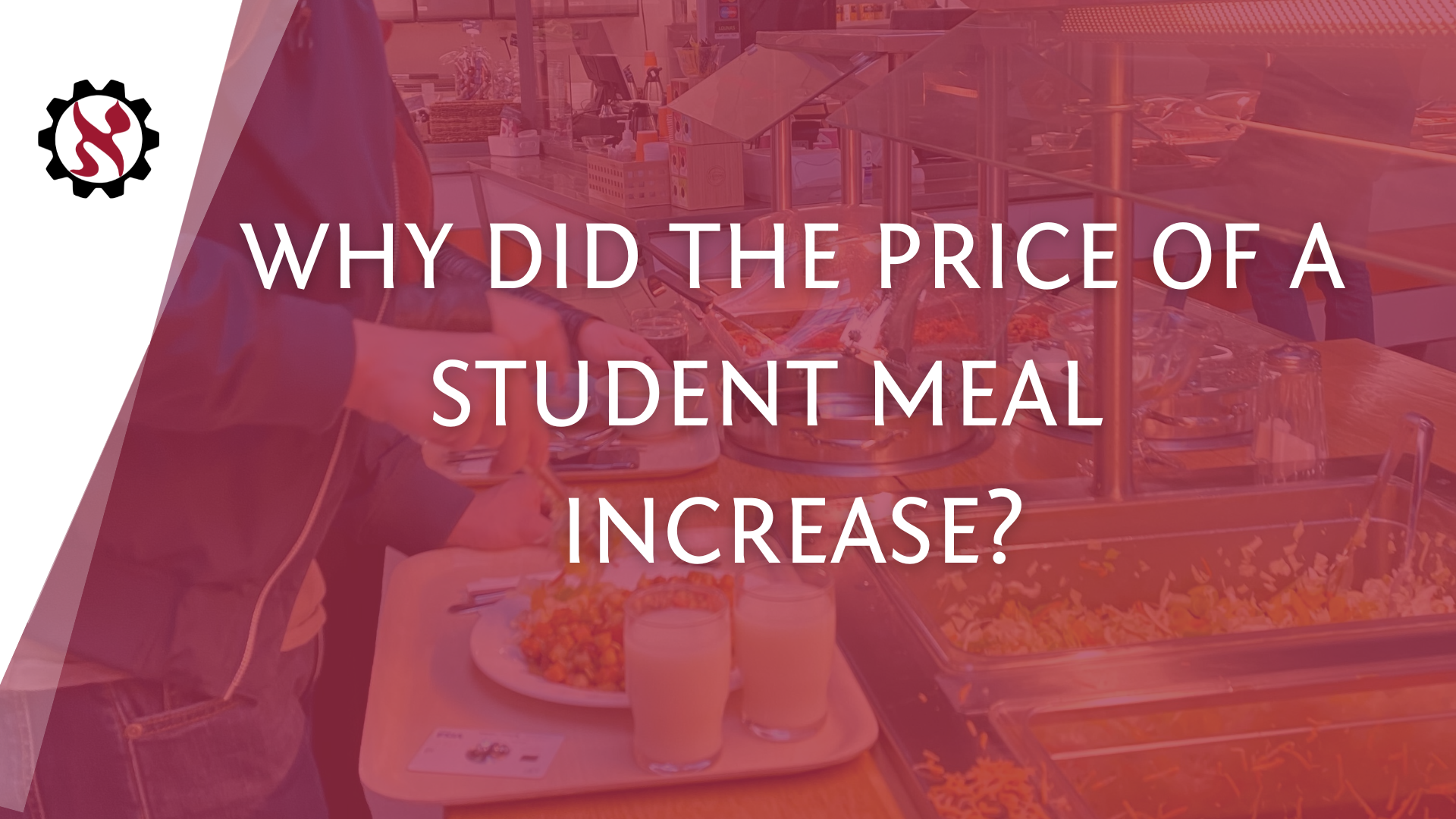You’ve probably noticed that the price of a student meal has increased by 0,50€. It happened at the beginning of this month, but what caused such an increase? Well, let me tell you!
Student meals have a set maximum cost, which is reduced by an amount equal to the government subsidy. This difference is then the price of the meal for students:
Student meal = maximum price – subsidy
The maximum cost is the amount of money that one meal can cost the cafeteria. Because of inflation, the price of food will rise by approximately 11%. The revenue of student cafeterias is impacted by this maximum cost and its production efficacies, i.e. its costs of production. For example, Aalef (owned by LTKY) has been extensively streamlined, meaning there isn’t any more room to lower costs in that department, and is therefore desperate for an increase in the maximum price. Student meals are also required to fulfill the nutritional requirements set by Kela, meaning that if nothing were to change, Aalef would eventually only be serving macaroni and soy casserole. Casserole is fine once in a while, but maybe not everyday…
Kela subsidizes each and every student meal served at the cafeteria, so the paying participants of one meal are you, the cafeteria, and Kela, and the amount paid is determined by the maximum cost. To clarify, the current situation is as such:
Student meal (3,20€) = Maximum cost (5,50€) – subsidy (2,30€)
Then you might be asking, why hasn’t the subsidy increased instead?
The subsidy is tied to the budget of the government, which means it can’t be changed until the beginning of 2023. However, the state council simply sets the maximum price, so it can be easily updated once they are able to do so. The student movement in Finland had a strong desire to change the subsidy, so that student meals would remain a valuable part of student benefits. So, do student unions care more about the profits of cafeterias or the well-being of students?
To realize the importance of raising the price of a meal, you must analyze its long-term implications. Selling student meals is an industry with thin profit margins, meaning that it isn’t the most profitable business to get into, and making the difficult choice of raising the price now may save the student meal industry as a whole, since the alternative would be the majority of student cafeterias filing for bankruptcy. Personally, I am glad that student unions were able to adapt to a more long-term point of view.
What does this mean for the future?
The student meal subsidy will be increasing in January by 0,25€, meaning that the price of a student meal will become 2,95€. However, student cafeterias need a more reasonable solution to fluctuations in food prices other than changing the meal subsidy every blue moon, as it is not sustainable (and will soon be nullified). The maximum price of student meals and the meal subsidy should be tied to an index. This would mean that as food prices change, the price and subsidy can change with it according to the index, and wouldn’t require long discussions on whether resources can be allocated from the government budget.


